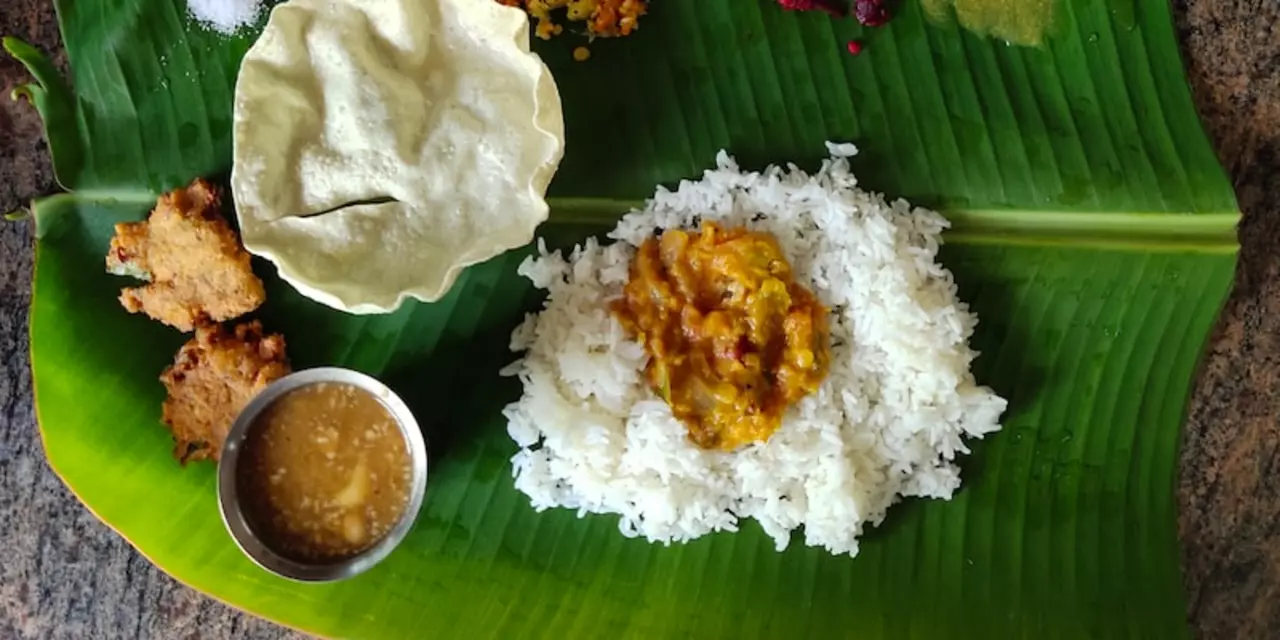Deciphering the Mystery of Indian Cuisine: Why Indian Food is so Bland
In India, the cuisine is diverse and complex, yet there is one common denominator that has become a trademark of Indian dishes: their blandness. From curries to dals to biryanis, Indian food is characterized by its mild flavors and subdued spices. So why is Indian food so bland?The answer lies in the traditional cooking techniques of South Asian cuisine. Indian cooks have been preparing meals for centuries, relying on simple ingredients and slow-cooking methodologies to create dishes that are both flavorful and nutritious. As a result, the spices used in Indian food are often milder than those found in other cuisines. This helps to preserve the delicate flavors of the ingredients, while also preventing them from becoming too overpowering.
In addition, Indian cooks often use spices in combination with one another, rather than relying on one single flavor to carry the dish. This creates a balance between the various flavors, resulting in a more subtle taste. Furthermore, many Indian dishes are cooked with a minimal amount of oil, which also contributes to the mild nature of the cuisine.
Finally, Indian food is often served with accompaniments such as raita, chutney, or pickles. These condiments help to enhance the flavors of the dish, adding a bit of zest and making the food more enjoyable.
When it comes to Indian food, the subtle flavors and muted spices are part of its charm. The cuisine has been perfected over centuries, and it continues to evolve as new ingredients and cooking techniques are introduced. Whether you’re a fan of the cuisine or not, it’s easy to see why Indian food is so beloved around the world.
Exploring the Spices Behind Indian Food: What Makes it So Bland?
Investigating the Science Behind Indian Food: What Makes it So Mild?
Indian food is often characterized by its mild, subtle flavors. But why is Indian food so bland compared to other cuisines? The answer lies in the science behind the food itself.When it comes to Indian food, the main flavors that come to mind are usually the signature spices, such as cumin, coriander, turmeric, ginger, and cardamom. While these spices are all flavorful, they don’t usually overpower the food itself. This is because most Indian dishes are cooked over low heat for a long period of time, allowing the spices to slowly infuse into the ingredients and create a more subtle flavor.
Another reason for the mild flavor of Indian food is the use of ingredients such as yogurt, coconut milk, and ghee. These ingredients add a creamy texture to the dishes and help to mellow out the spices. Ghee, in particular, is a clarified butter that is used in many Indian dishes. It has a subtle nutty flavor that helps to balance out the bolder spices.
Finally, Indian food often uses a variety of herbs and vegetables to provide a unique flavor profile. These ingredients are usually cooked with the spices to help bring out the flavor without overpowering it. This results in a milder flavor than other cuisines.
In conclusion, the science behind Indian food explains why it is so mild in flavor. The low cooking temperatures, the creamy ingredients, and the variety of herbs and vegetables all contribute to the subtle flavors of Indian dishes. So the next time you’re wondering why Indian food is so bland, remember that it’s all in the science!
Exploring the Regional Cuisines of India: What Makes Each Dish Uniquely Bland?
When it comes to food, India is known for its vast and diverse range of flavors, but surprisingly, its national cuisine, and most local dishes, are often considered to be excessively bland. From north to south, and east to west, the regional cuisines of India vary drastically in flavor, texture, and taste, yet they all share one commonality – a lack of bold, vibrant flavors. So why is Indian food so bland?To answer this question, it’s important to understand the unique culinary traditions of Indian cuisine, and explore why certain ingredients are used in certain dishes. Take for example, the classic dish of biryani – a dish of spiced rice, vegetables, and meat. The biryani is cooked in a sealed pot, and the spices used to flavor the dish – such as cumin, cardamom, and saffron – are very mild and subtle. This type of cooking technique is common in many Indian dishes, and it’s part of the reason why Indian food is so bland.
Another factor that contributes to the mildness of Indian cuisine is the fact that many dishes are cooked without the use of oil or butter. This is because traditionally, Indian households rarely used these ingredients, and instead relied on the natural flavors of the ingredients to create flavor. This habit of using minimal amounts of oil or butter has been passed down through generations, and has become a defining characteristic of Indian cuisine.
Finally, the use of spices in Indian cooking is also responsible for its mild taste. While some spices may add a hint of heat or sweetness to a dish, for the most part, spices are used to enhance the subtle flavors of the ingredients. Spices like cardamom, cumin, turmeric, and coriander are all commonly used in Indian cooking, and they each have their own unique flavor profile, which helps to create the unique flavor of an Indian dish.
It’s clear that there are many factors that contribute to the unique flavor of Indian food, and it’s these subtle flavors that make it so distinctively bland. By understanding the regional cuisines of India, and exploring the ingredients that make each dish unique, it’s possible to gain a better appreciation for why Indian food is the way it is.




